Over the years of its existence, Cyprus has traversed a complex historical path.
Throughout the centuries, the island attracted colonizers, with their primary target being the freedom-loving Nicosia. Invasions by foreigners, as well as natural disasters, did not spare the city's constructions. Therefore, those that have survived in the historic part of the city hold a special value. Each building here is connected to events or legends that trace their roots back to a distant past. In this blog, we invite you to learn about the chronicles of some of the ancient mansions in the capital.
Ethnographic Museum of Cyprus
The surviving building, dating back to the 15th century, was once the residence of the Archbishop of Cyprus. Situated next to the modern Episcopal Palace and Kyprianos Square, it now houses the Ethnographic Museum. Initially an example of Gothic architecture, the building was originally given to the Benedictine monastery. After a brief period, it came under the ownership of the Mamluk Sultan of Egypt and later under the patronage of the Greek Orthodox Church. The idea of creating a museum of the arts and customs of the island's indigenous population emerged in 1931 when Cyprus was a British colony. Such an intention indicated the growth of Cypriot national consciousness and a rejection of British rule. Given the complex political situation, the museum was only opened in several rooms of the Archbishop's residence in 1937. The colonial authorities attempted to hinder the cultural institution's operation and regularly made efforts to close it down.
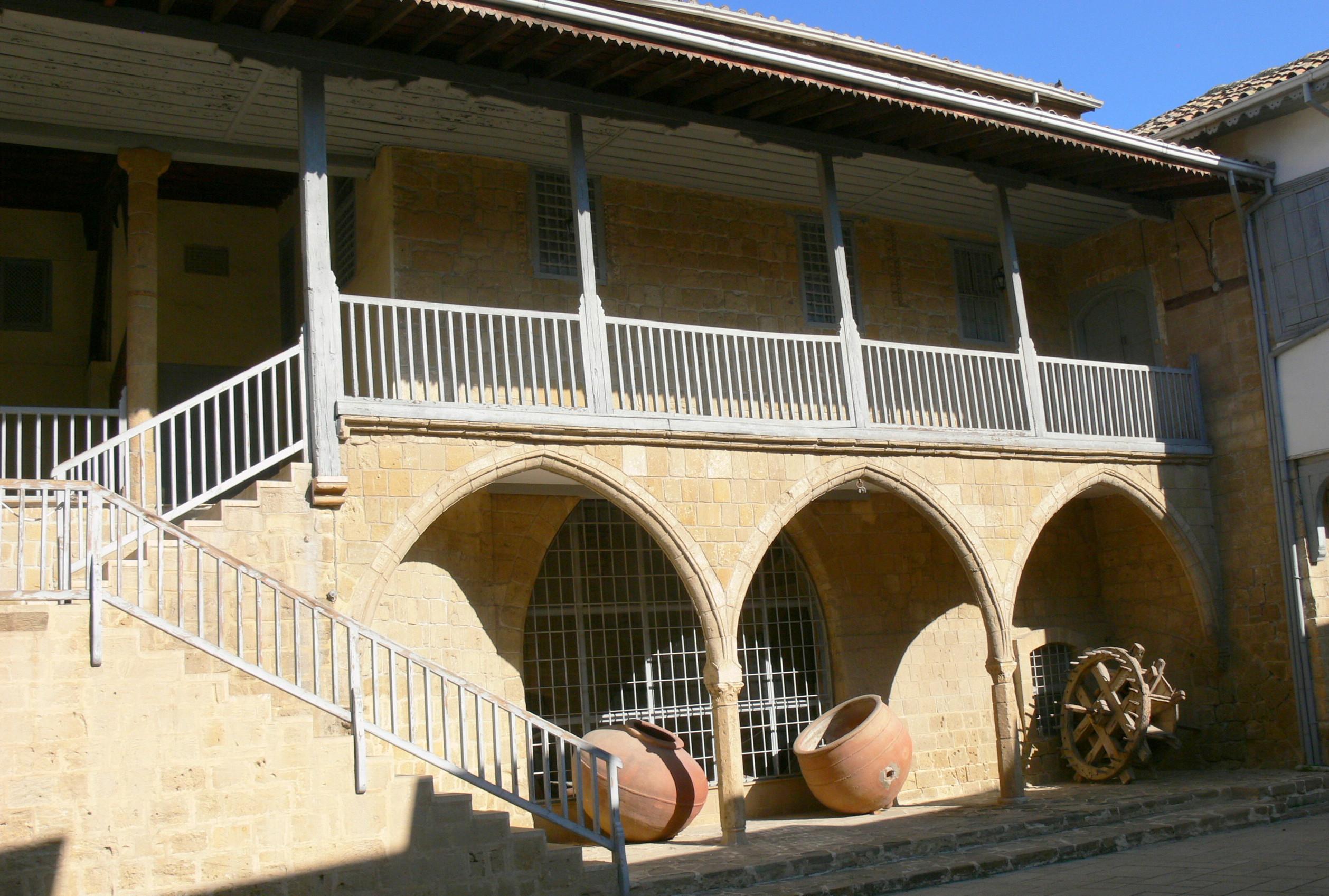
In 1961, a new residence for the Archbishop was built, and the vacated mansion was handed over to the Museum of Folk Art and the Cyprus Research Society. During the Turkish invasion of 1974, all exhibits were carefully packed and removed from the building. In the early 1990s, the museum was renamed the Ethnographic Museum. Visitors begin their exploration of the exhibition in the courtyard, where a large red clay vessel and a wooden olive oil press are displayed under a canopy. The collection, housed in 12 rooms, includes over five thousand items of daily life from the 19th to the 20th century. Among the exhibits, one can find carved wooden items, embroidery, ceramics, gold and silver jewelry, fabrics, and national costumes. The collection is constantly supplemented through donations or the acquisition of valuable specimens from rural residents.
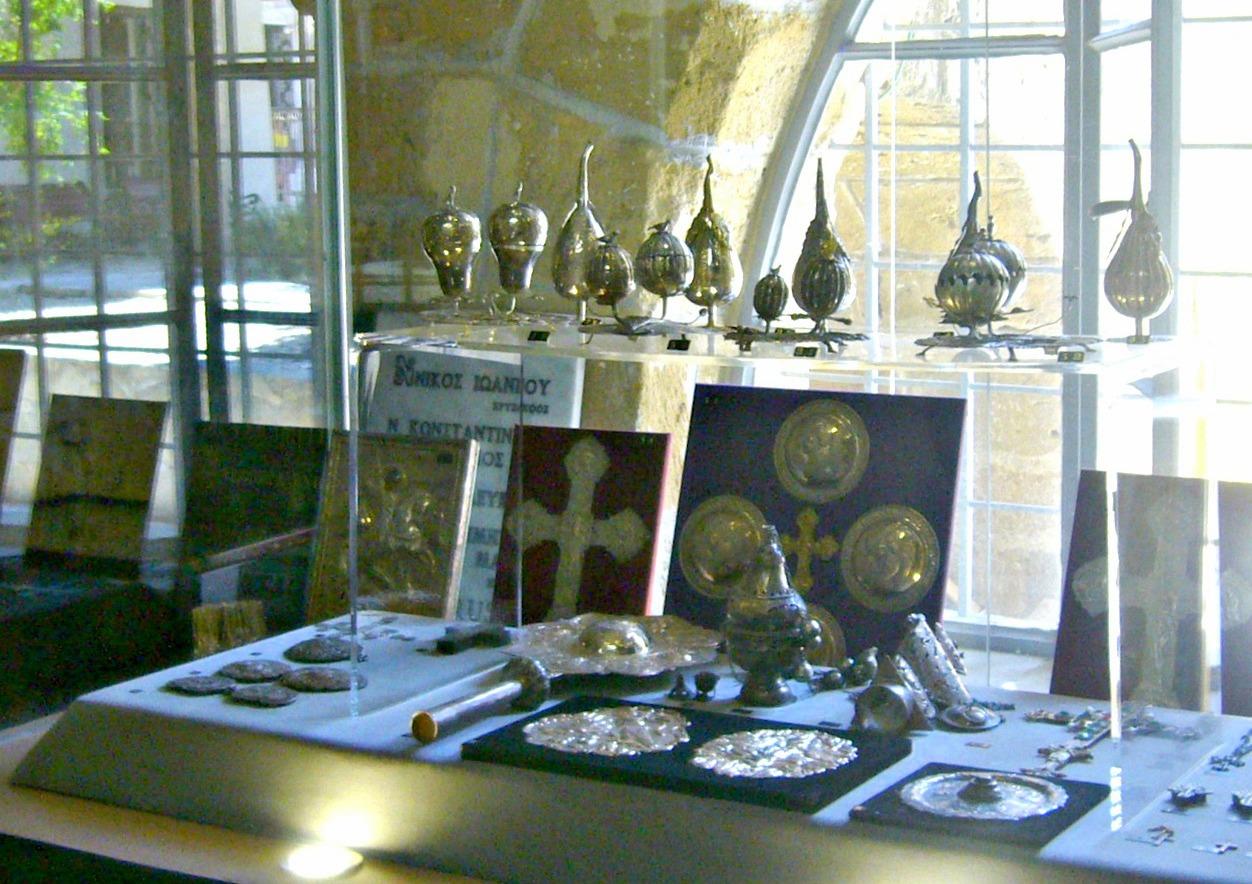
Hadjigeorgakis Kornesios Mansion
One of the most valuable buildings of the 18th century is rightfully considered part of Cyprus' architectural heritage. The construction of the building was completed in 1793 during the Ottoman rule. It is located on Patriarch Gregorios Street, where traditionally lived prominent and affluent members of the Greek community. The first owner of the mansion was the most famous and, in modern terms, authoritative dragoman (translator) of Cyprus, Hadjigeorgakis Kornesios. Dragomans at that time served as translators and diplomats, resolving trade disputes. Kornesios was highly respected among the people and clergy. He donated his own savings for construction and social needs but unfortunately had many envious rivals, especially among the Turkish elite. Kornesios was executed by the Turks in 1809 on the main square of Constantinople.
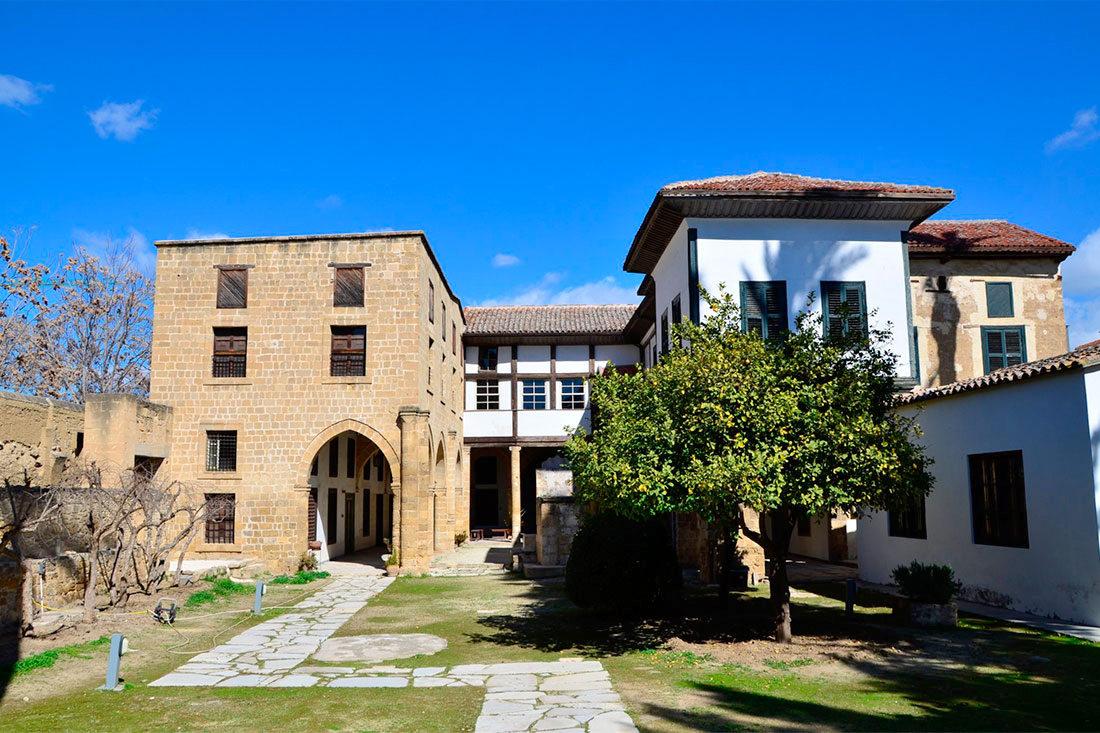
The two-story building, resembling the letter "П" in shape, serves as an example of Nicosia's urban architecture during the time of the Turkish protectorate. The first floor housed the kitchen and servant quarters, while the second floor, accessible via a wooden staircase from the courtyard, contained reception halls and living spaces. The mansion is surrounded by a shaded garden with fountains, and inside, there is a hamam—a traditional Turkish bath that is still operational today. After the owner's death, the house passed to his relatives, and in 1979, it was handed over to the Greek community. Currently, it houses the Ethnological Museum of Nicosia, whose exhibits shed light on the lifestyle of the affluent population of the city at the turn of the 18th and 19th centuries. Visitors can see ceramics, kitchen utensils, icons, and coins from that era. In 1988, for its exemplary maintenance, the Hadjigeorgakis Kornesios Mansion was awarded by the European Heritage Organization Europa Nostra.
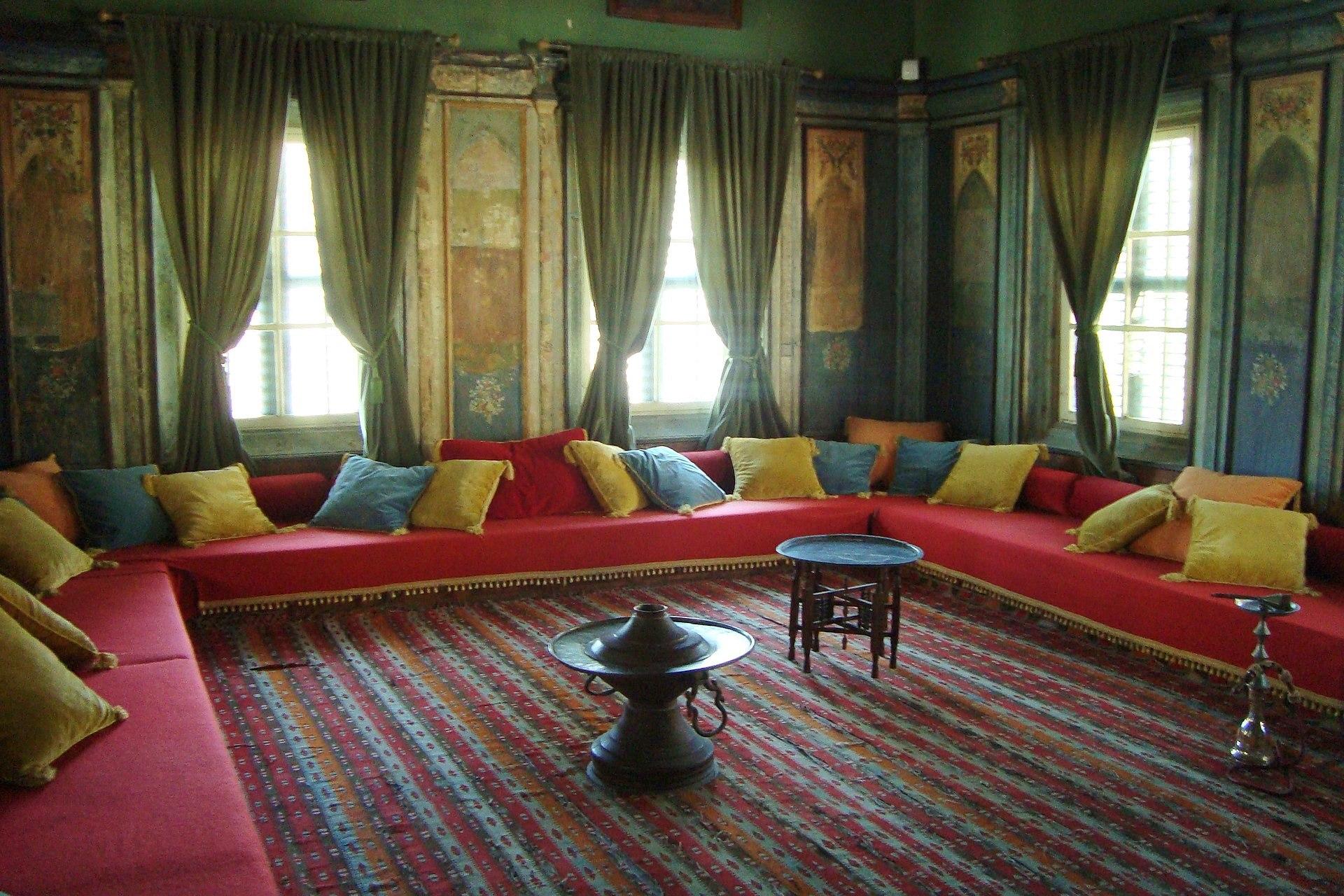
Leventis Municipal Museum
The museum is located in a mansion in the southern part of the historic center of Nicosia on Hippocrates Street. It was built in 1892 by the renowned art collector Ioannis Evangelides for his daughters. After several decades, the mansion was transformed into a hospital and was eventually abandoned. By 1983, it had become ruins and was ready for demolition when Nicosia Mayor Lellos Dimitriadis conceived the idea of creating the Nicosia Historical Museum in it. At that time, the building was acquired by the foundation founded by Cypriot merchant and patron Anastasios Leventis, after whom the museum was later named. Reconstruction began a year later and took five years to complete. On April 20, 1989, the Nicosia Municipality and the Leventis Foundation opened the first historical museum with modern equipment in Cyprus to the public.
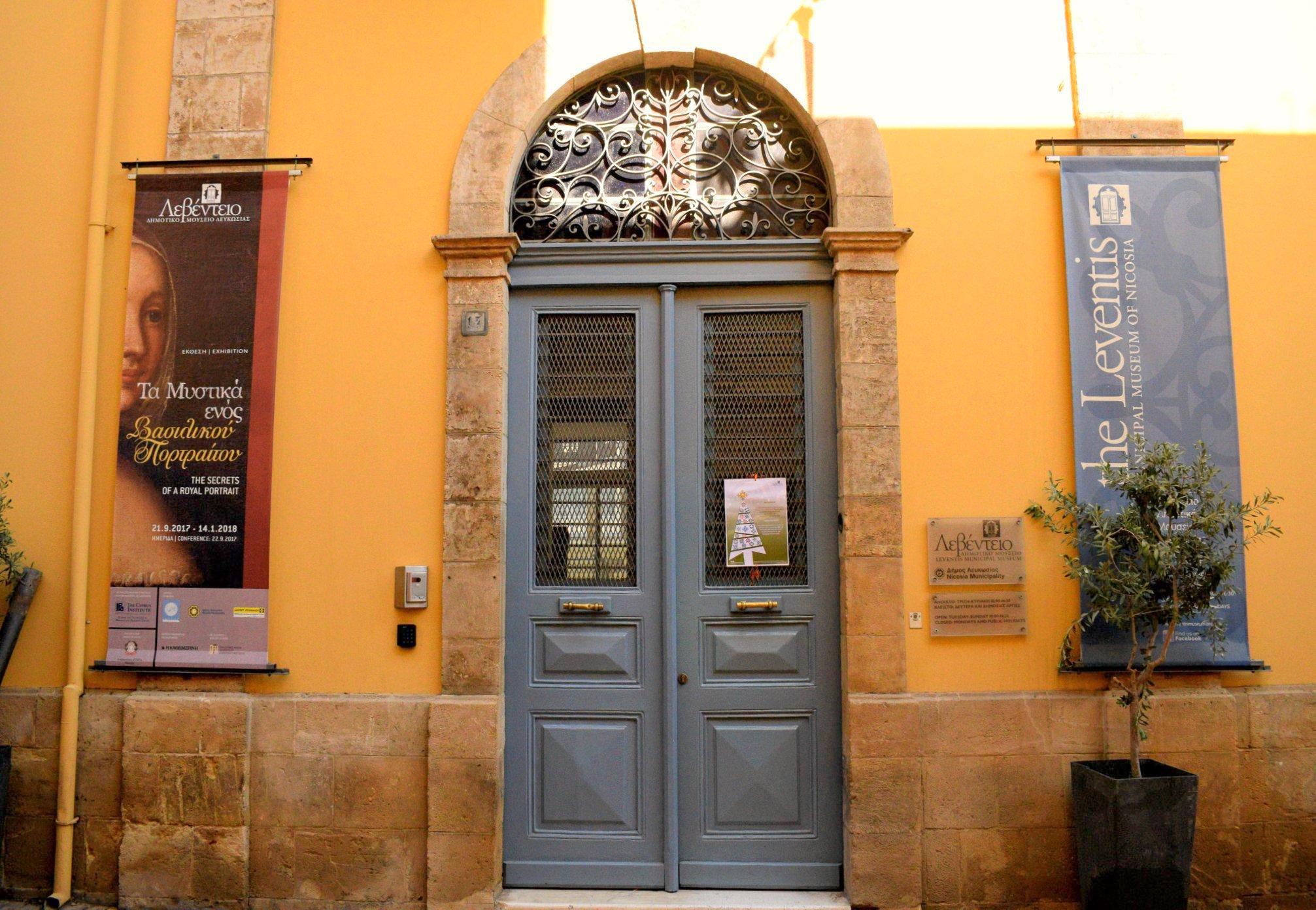
In 1991, the museum received an award from the Council of Europe's specialized committee as the "Best European Museum." At the beginning of the current millennium, this cultural institution significantly expanded by acquiring the adjacent building through the foundation. The exhibition reflects the history of Nicosia spanning five thousand years, from the Paleolithic era to the present day. The rich collection includes ancient ceramics, coins, jewelry, weapons and armor, exquisite examples of pottery, and costumes from various periods. The museum staff did not overlook the tragic events of 1974 in Cyprus, and considerable attention is paid to the history of modern times. Each year, these walls host a variety of thematic exhibitions, lectures, and other educational events.
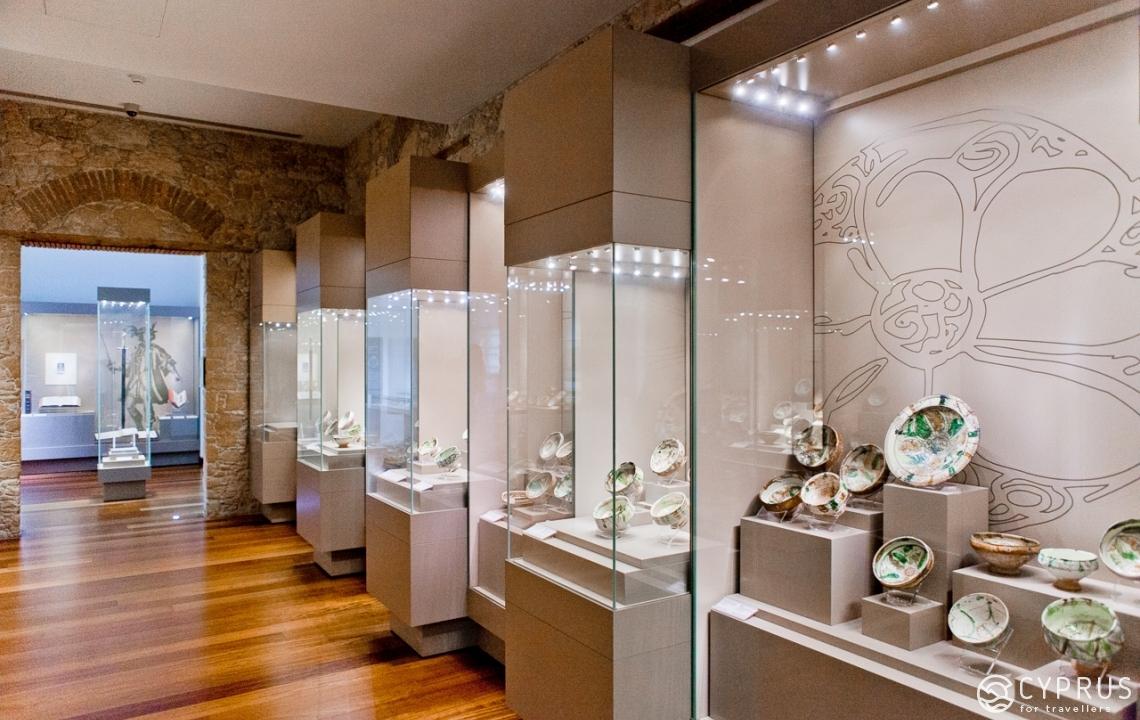
Cyprus Archaeological Museum
The building is located in the heart of the old city on Museum Street and is the oldest and largest collection of archaeological artifacts from Cyprus. Since its founding in 1882, the collection did not have a permanent location and was housed in a house rented through private donations from ordinary Cypriots. It was only in 1907, in memory of Queen Victoria of England, that construction began on a building specifically designed for museum purposes. The project was developed by the architect Nikolaos Balanos from the Archaeological Society of Athens, and the construction was supervised by the then-curator of the museum, George Jeffery.
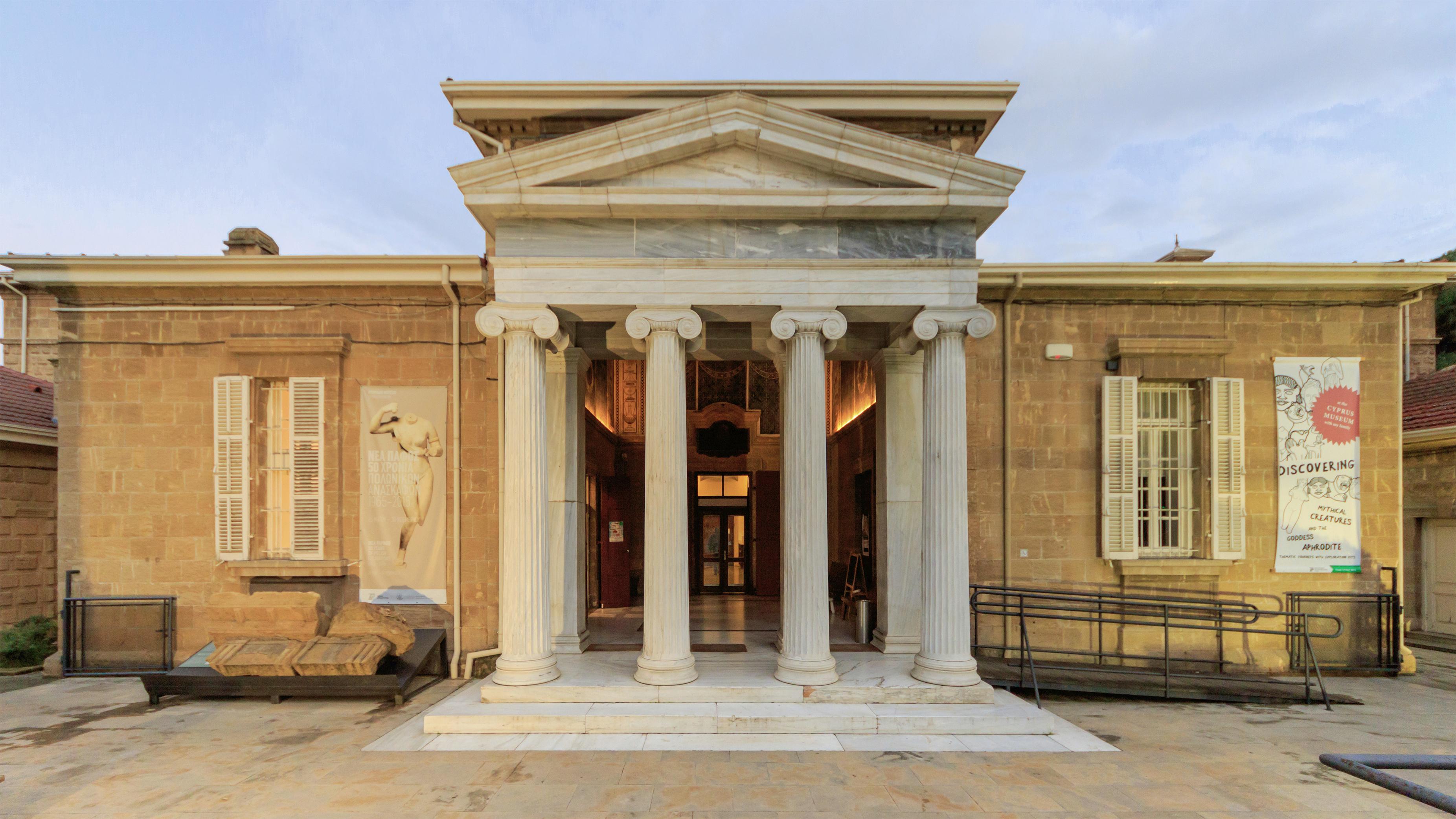
The mansion is built in the neoclassical style, characterized by clear forms, architectural symmetry, and restrained ornamentation. The entrance to the premises is adorned with a portal featuring elegant white columns. The history of the museum's establishment itself is intriguing: it was founded at the request of the Cypriot population to prevent illegal excavations and the export of historical treasures abroad. The collection here represents the history of the island, starting from the 10th century BCE. The exhibition spans 14 rooms in chronological and thematic order. Among the exhibits, you can see:
- A collection from the Bronze Age and ancient ceramics.
- Marble sculptures from the Roman period.
- Weapons, coins, and jewelry from the early Christian period.
- Examples of Cypriot writing.
- Artifacts from the necropolis of the royal tombs of Salamis.
Every year, the museum's collection is enriched with new archaeological discoveries that help explore the island's civilization. In addition to exhibition halls, the building houses a library and a laboratory for studying the exhibits.

Pancyprian (All-Cyprus) Gymnasium
The gymnasium is located on Archbishop Kyprianou Square, next to the episcopal palace in the historic center of Nicosia. This is the oldest and most famous educational institution in Cyprus, founded in 1812 by Archbishop Kyprianos of Cyprus. The land for the Greek School (as it was called at the time) was donated by the Machairas Monastery. In 1893, the institution was transformed into a six-class gymnasium and received its current name. Unfortunately, in 1920, the gymnasium's original building was nearly destroyed by a fire and was then completely reconstructed. The neoclassical-style mansion made of yellow natural stone can still be observed today. It is a small two-story building with a triangular pediment supported by four columns.
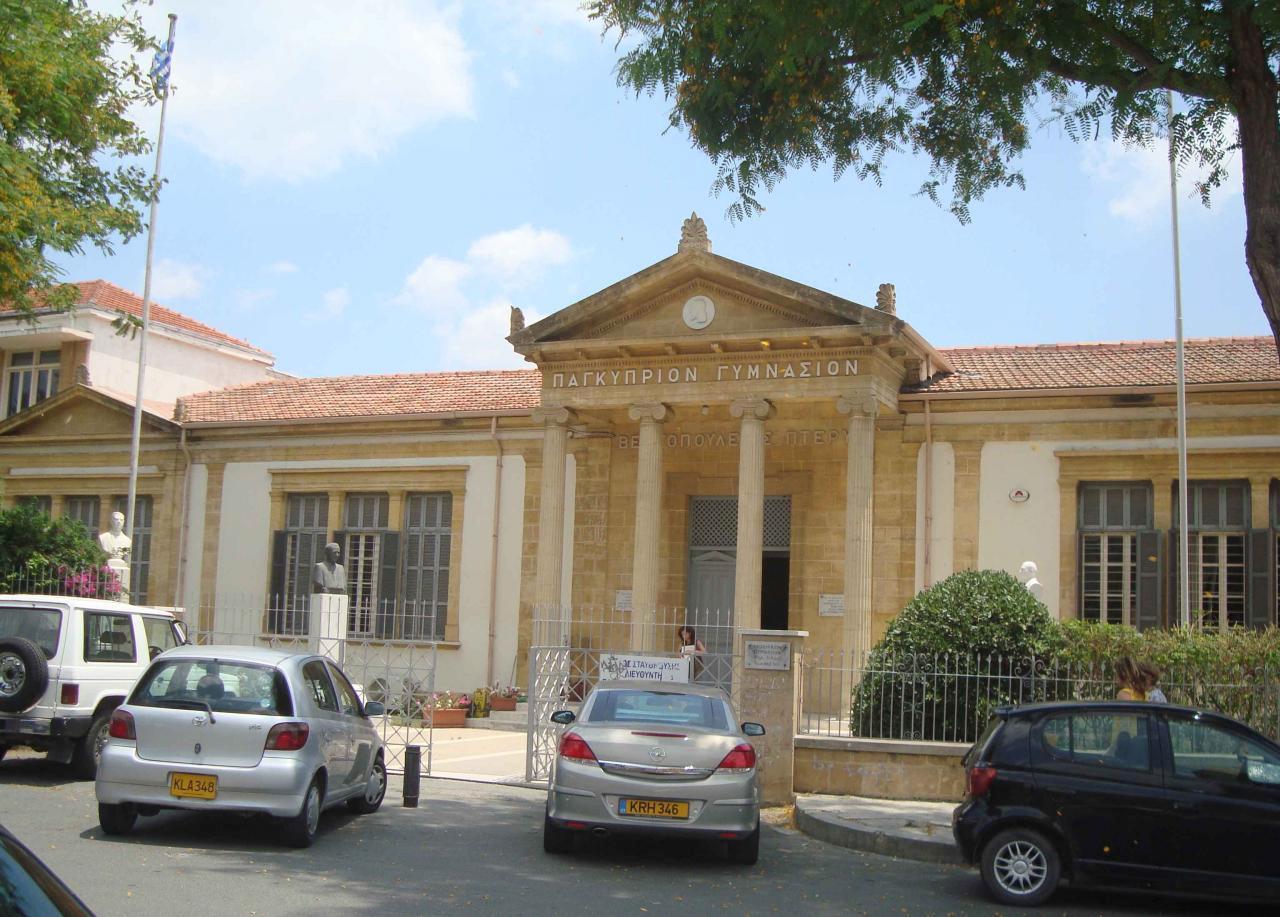
Among the teachers and students, there were quite a few well-known individuals, in honor of whom several commemorative plaques have been opened in the gymnasium. In particular, its graduates included the first President of the Republic of Cyprus, Archbishop Makarios III, and the fervent fighter for the island's liberation, Georgios Grivas-Digenis. In addition, the famous poet and traveler Dimitris Lipertis taught here. The Pancyprian Gymnasium library houses tens of thousands of volumes of books, rare collectibles, and works of art with historical and archaeological value. A few years ago, during restoration work, a secret room was discovered in the building. It was most likely used by Greek revolutionaries during their visits to Cyprus. For many decades, the gymnasium was considered exemplary and was one of the most fundamental schools in the Greek world. It provided a high level of education and made a significant contribution to the formation of national patriotism.
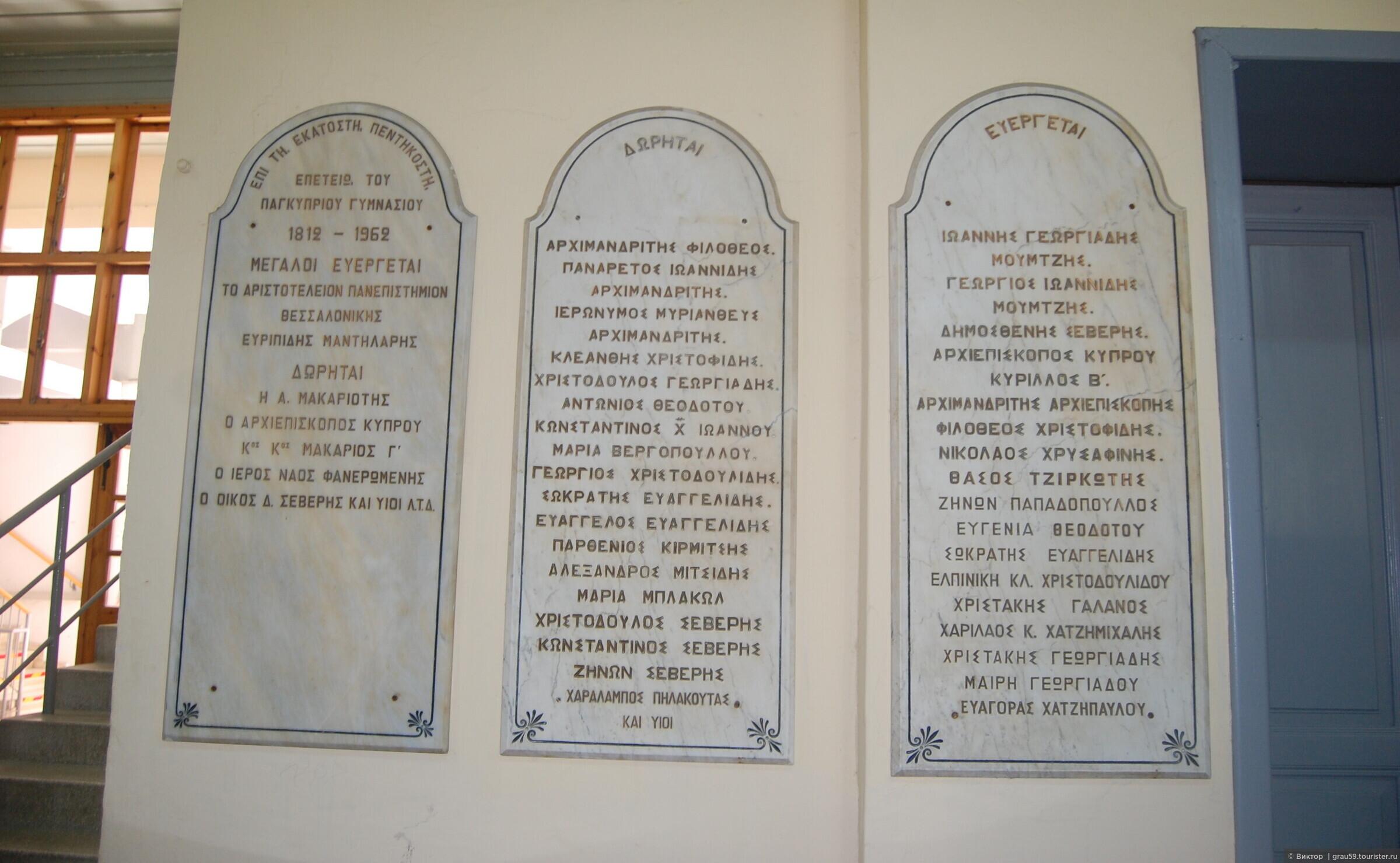
Every city in sunny Cyprus has its own face, advantages, and disadvantages. Being in the center of the island, Nicosia cannot boast romantic beaches and long waterfront promenades, which are favorite places for evening strolls. Nevertheless, the capital remains a cultural center of the country and a collection of unique architectural objects that you should definitely visit.
Read also:

